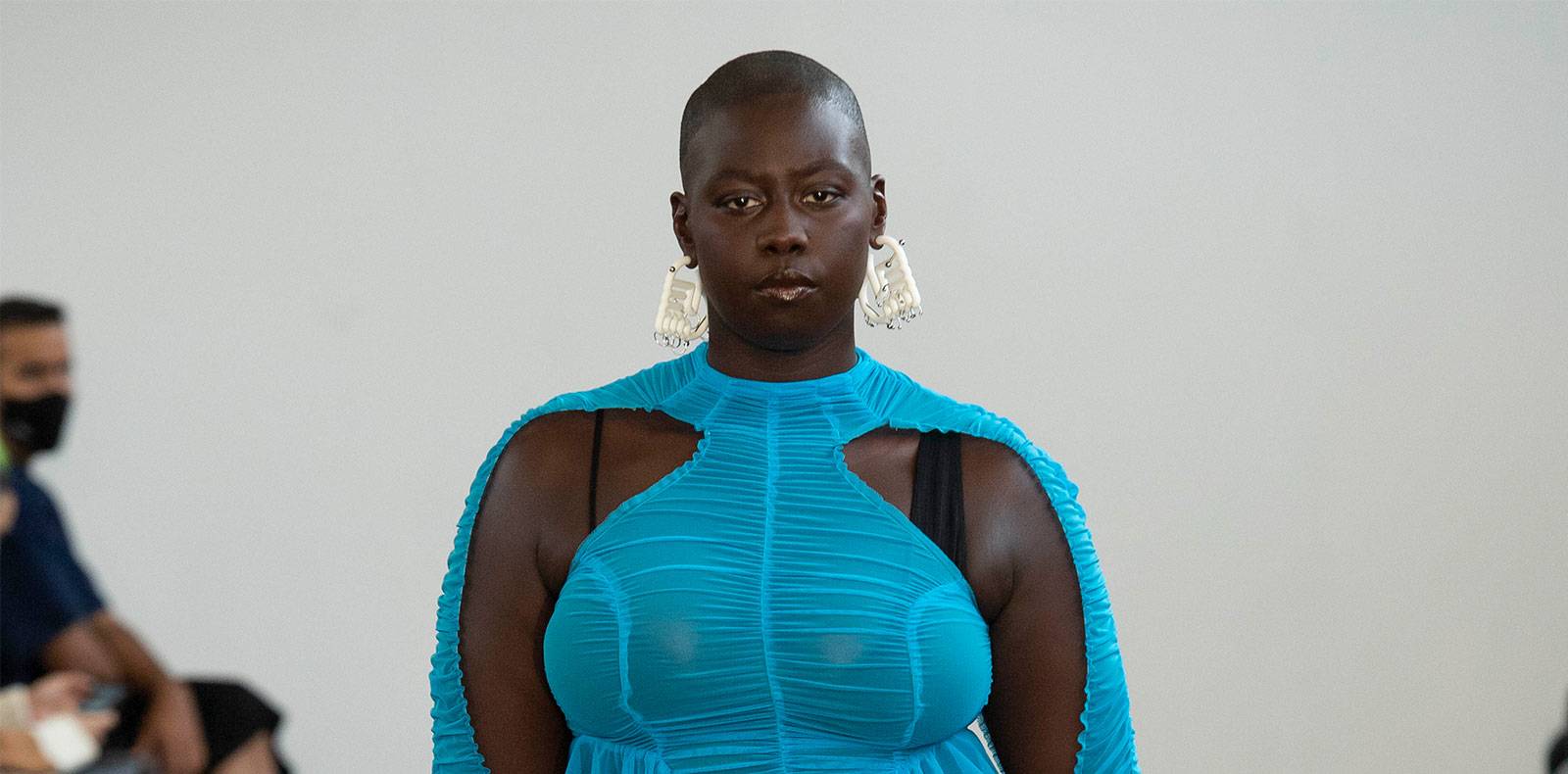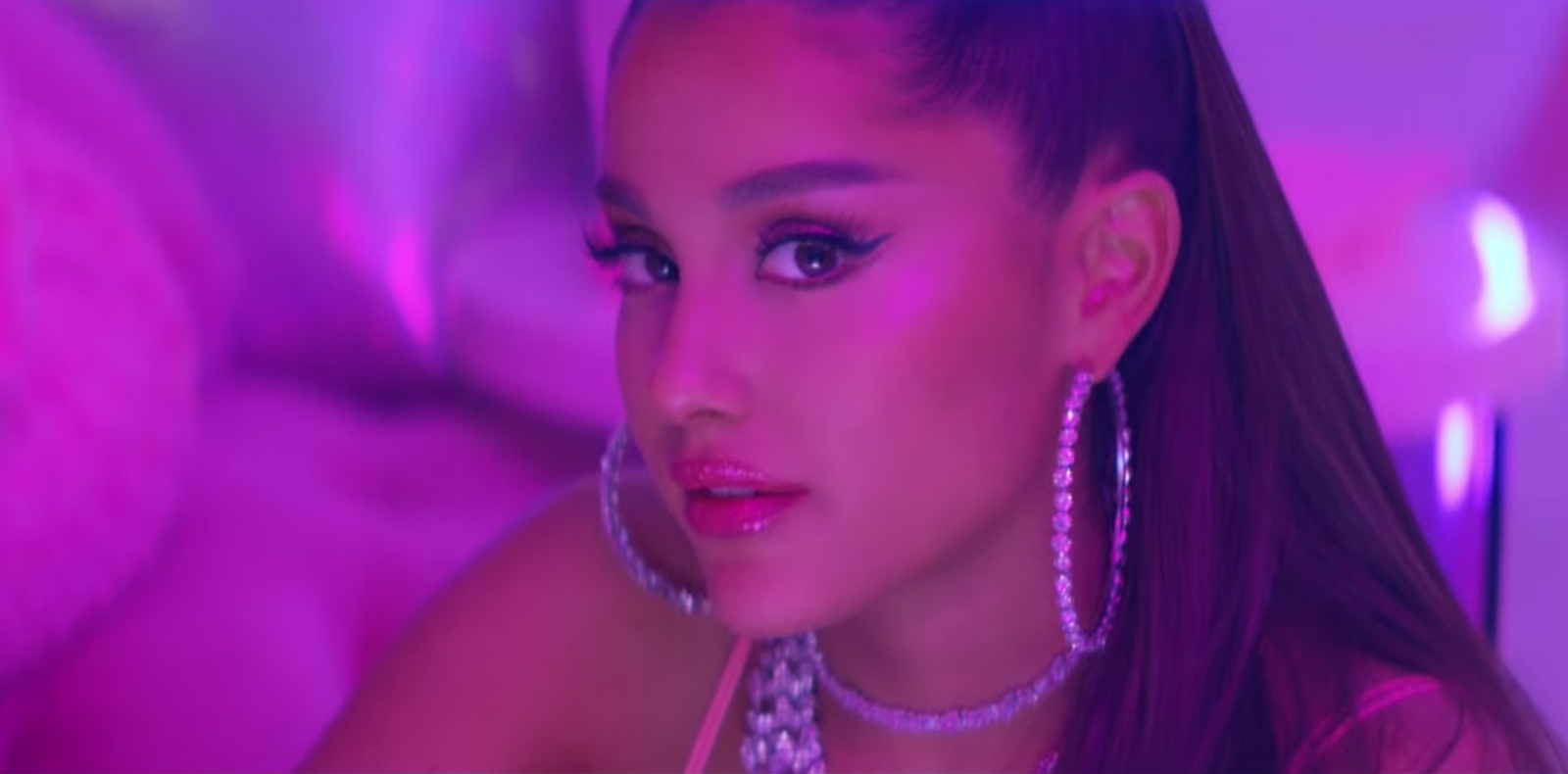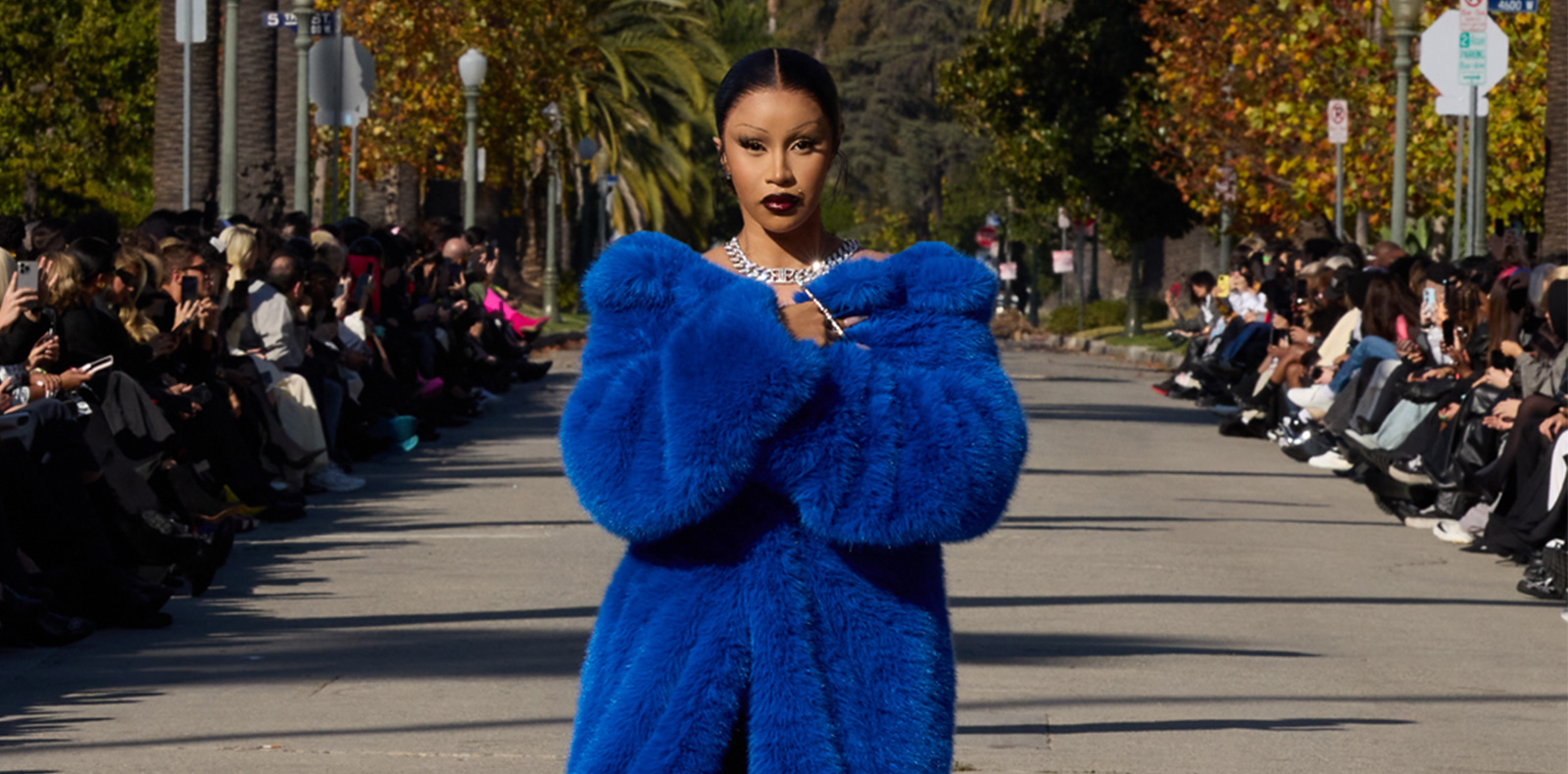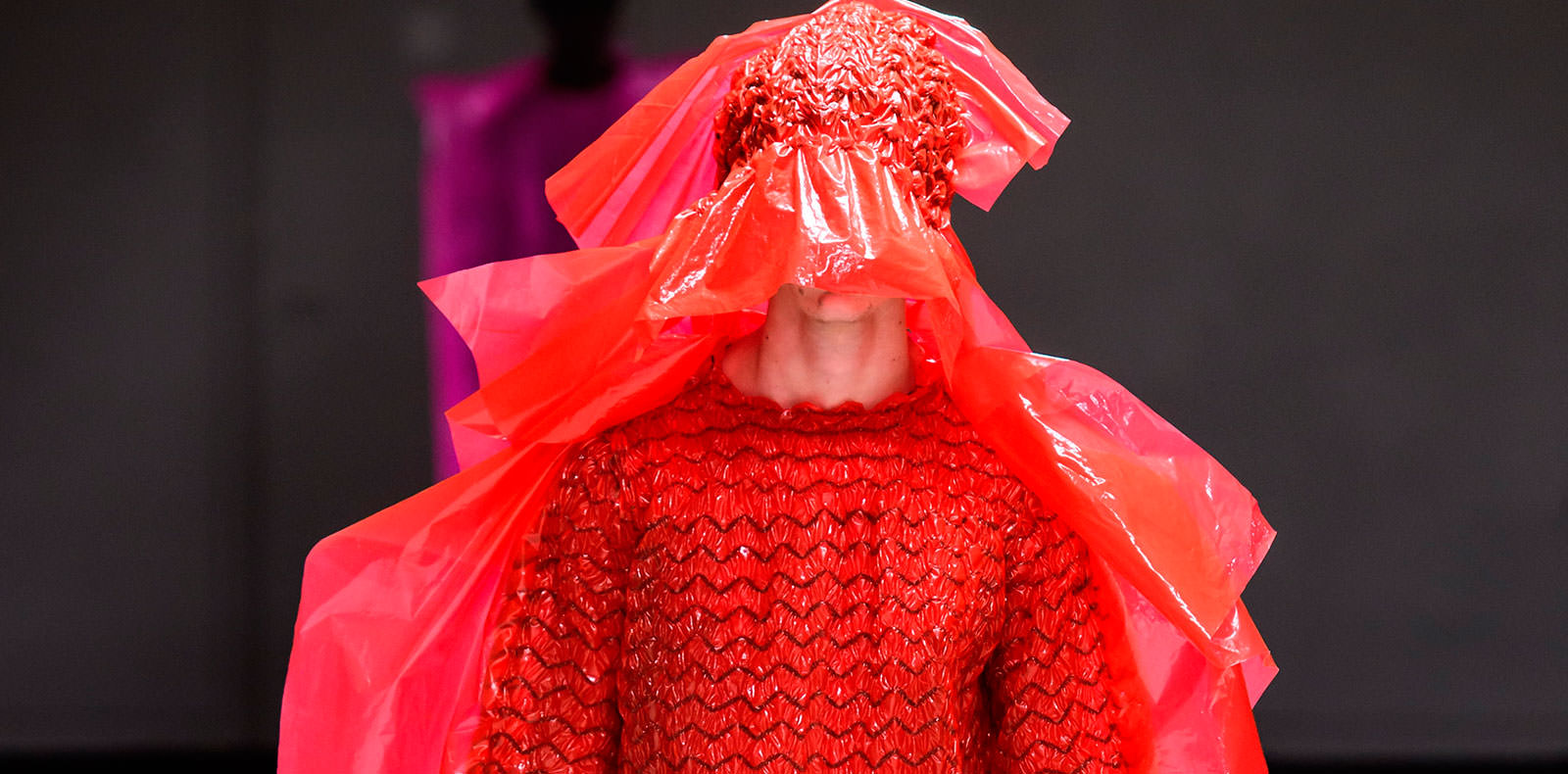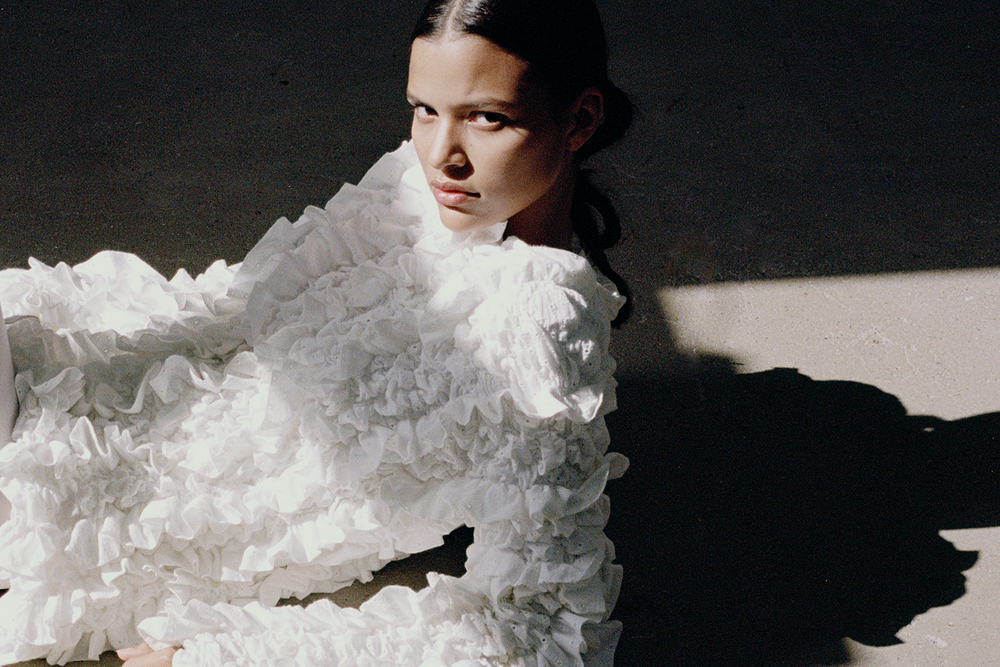
14
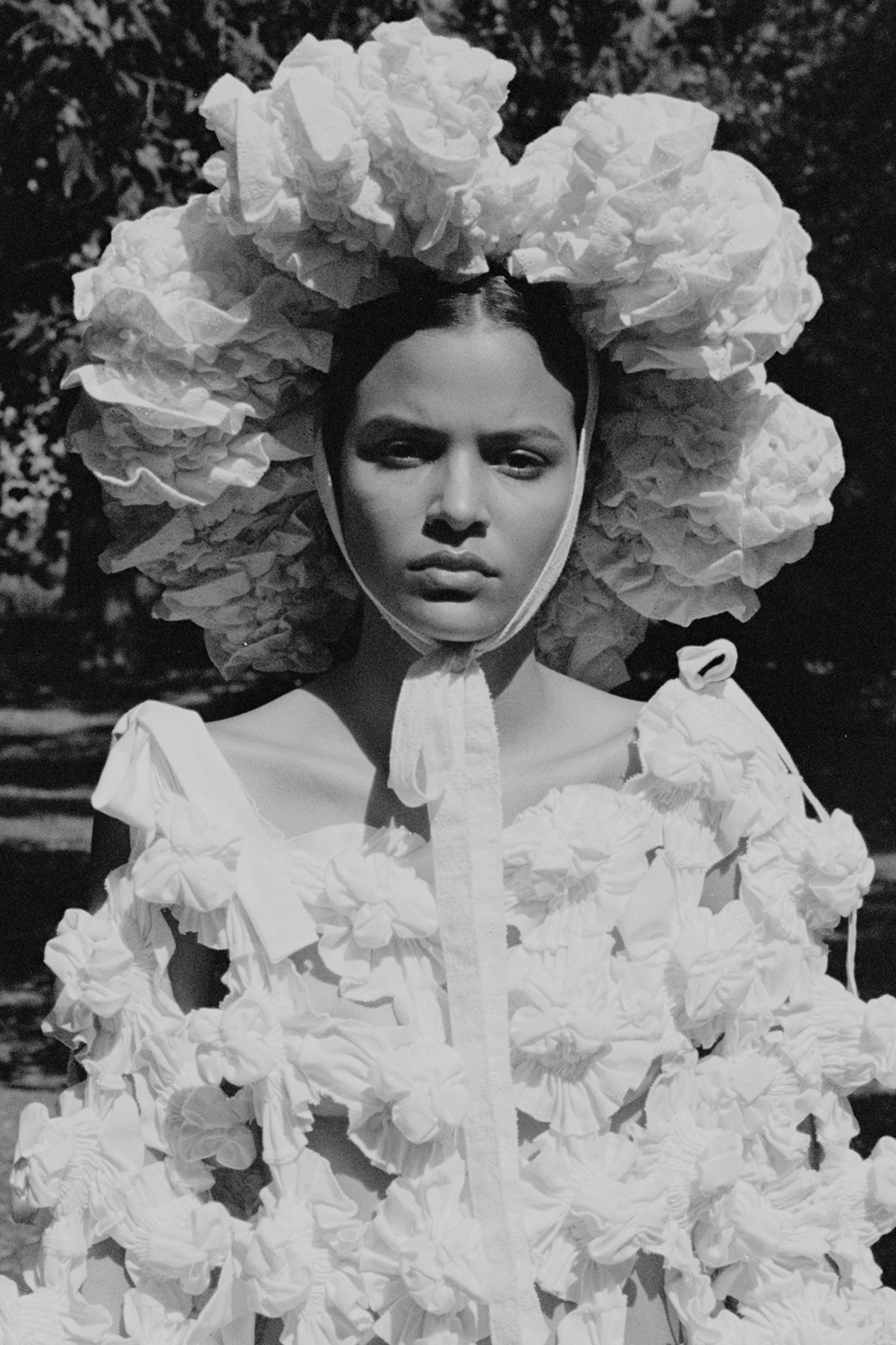
14
LVMH PRIZE 2022 : RÓISÍN PIERCE’s radical lace designs
The final of the ninth edition of the LVMH Prize took place at the Louis Vuitton Foundation on Thursday, June 2nd. Among the eight finalists of this ninth edition is the Irish designer Róisín Pierce, whose all-white collections turn lace and embroidery into wearable radical and romantic sculptures.
Propos recueillis par Léa Zetlaoui.

NUMÉRO : What is your first memory about fashion?
RÓISÍN PIERCE : I cannot pinpoint my first memory exactly, but my mother was always creating around me so my introduction to clothing making would have been quite young. I remember just knowing making clothes was what I wanted to do from a young age. I’d say it was in my early teens when I had this big urge to learn all I could about construction. I learned about it from almost every source I could, from patterns books, taking some garments apart and going to pattern design classes in local schools.
Why did you decide to become a fashion designer?
Because I felt I had something new to say and a unique design point of view. I wouldn’t have started my brand if I didn’t feel I had it in me to continually design something new with each season. It’s funny because although the pieces are designed in all-white, each piece is constructed very differently; it has a thought process. A piece is not just created to sell, but created to do something new. It’s a commitment to contemporise craft while honouring its roots.
Which designers (living or not) inspired you and why?
I love the brand and designer Issey Miyake. His approach transcends generations, formed around a desire to empower women and transform luxury. His pleats provide ease and wearability, beautiful pieces which do not crease or become damaged from packing and travelling. His brands and sub-brands encompass different aims and undertake different surface explorations, achieving recognition and admiration within and outside of the industry. Not only are his textures commercialised and accessible, but Miyake also cares deeply about artisanal tradition, for instance, preserving the practice of washi paper bonding. He represents a meaningful, considered, and innovative approach to design, which is also reflected in my brand. Like Miyake, I’m also interested in preserving craft.
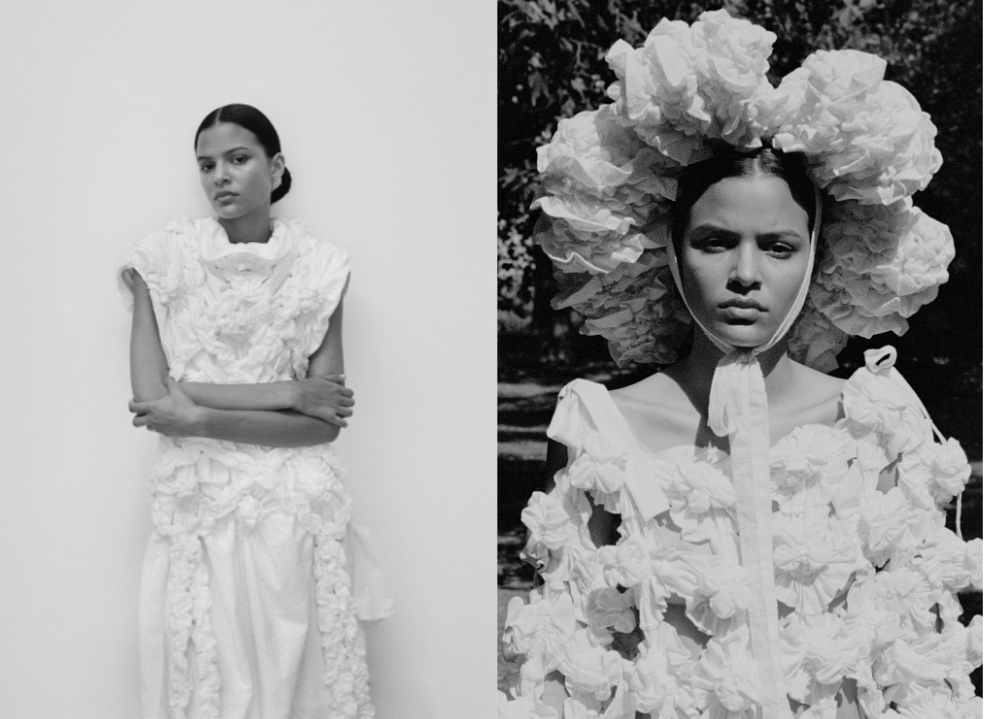
What is your professional background?
My professional background is in textile design and design development, working for luxury womenswear. Before that, I studied textile design, which was quite a free and explorative course. I think the combination of the two is evident in my collections as they’re textile-based and explorative, yet occupy a luxury space due to the craftsmanship and artisanal techniques.
Where does your interest in Irish lace and European craftsmanship come from ?
Well I have a strong interest in my home country’s textiles. From the craft itself to the history and its cultural significance, it’s all deeply interesting and I feel a connection to it. I want to renew the skills and crafts within a sustainable practice that will be appreciated by a new generation so it lives on. Traditions and craft have been handed down to us for centuries across textiles, design and embroidery. These skills, however, and the intrinsic value they create, are waning – I want to help put the importance of preserving these skills on a global stage while also being able to interpret and develop them in modern ways. One of my favourite crafts is Clones Irish Lace which soared during the famine, as it didn’t require much in the way of materials or tools and. Many lace schools were set up so that people could earn funds for their families. These beautiful pieces were born out of such sadness. This seems to be a recurring theme with Aran knits and other clothing and textiles that were produced at the Irish workhouses for women known as the Laundries. These beautiful things were often made from the painful history of Ireland’s past – it’s like wearing a little piece of our history and remembering how far we have come. Furthermore, what is interesting about exploring this dedication to tradition within Irish crafts is the connection between artisanal skills and the role of women’s work, which often symbolised far more politically- and religiously- charged realities. The legacy of Irish lace is a dichotomy. It remains a symbol of female oppression because women interned in the Magdalene Laundries were forced to participate in its manufacture, however it also represents freedom and empowerment, as Clones Lace helped families escape poverty and famine. The history is almost an emotion to me.
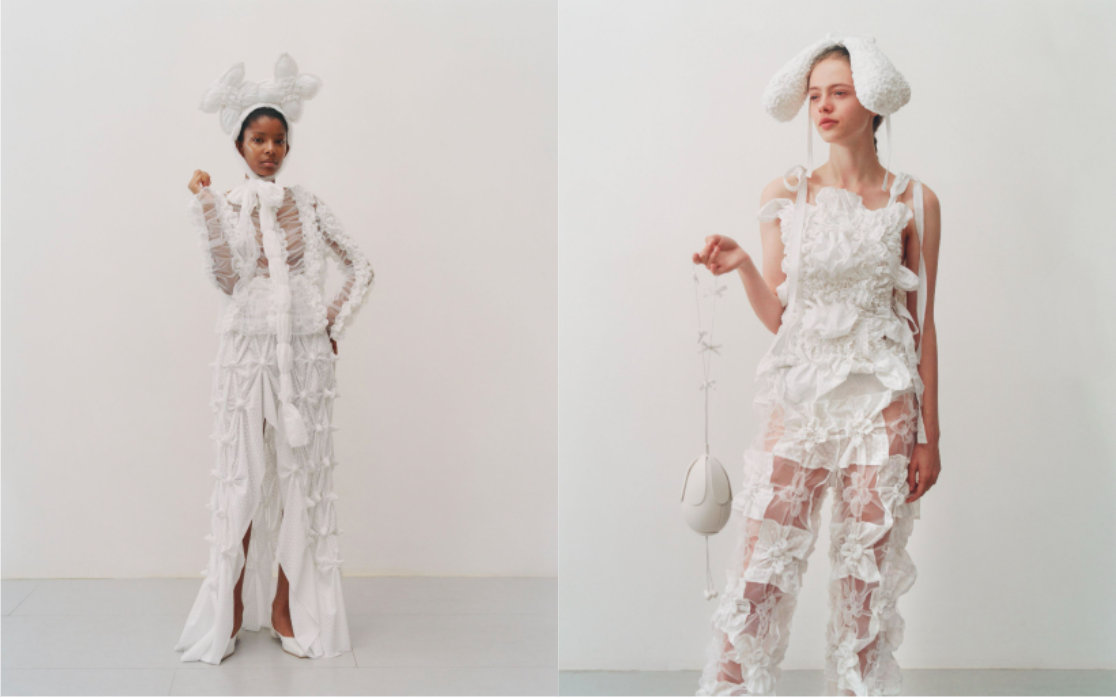
How did you know it was the right time to launch your own brand? Why did you want to express through it?
After working for other brands, I felt there wasn’t enough focus on creativity, or design development which I found quite frustrating. A brand shouldn’t exist just to sell last season’s dress in a new colour. My brand was born from a desire to explore and create the new. What really excites me and drives my work is this possibility of touching new, unexplored ground. Irish traditions and the historical significance of Irish crafts and its impact on the country as a whole is something that fascinates me. I have a burning desire to explore. This is why I really like to have quite a lot of variation within each design, allowing space for showcasing a new method of creation and the possibilities of textile manipulation. My collections are very much process-led, letting my fabric manipulations guide and inform the final piece. I never really know what I’m going to create, it’s like stepping into the unknown each time. Through this approach, I am able to employ different processes, resulting in design that changes while still feeling part of an overarching narrative. My brand is dedicated to innovating textiles through sustainable methods, combining hand and machine work with zero-waste sensibilities. This dedication is borne from a desire to preserve traditional textile techniques while subsequently exploring new innovations. I want to share joy with the collections, with the new textures and sweet hats. I felt it was clothing I had been searching for.
In 2019, you won the first Chanel Métiers d’art prize at the Hyères festival, what did you learn from this partnership?
It was such a valuable insight into how other houses create couture. It was very insightful to learn about many of the Métiers’ areas of expertise, and being shown some of their handcrafted methods and techniques was amazing. As I have spoken about before, my work is about a slower practice, and an artisanal approach, so to see how it has been done and continues to be done traditionally was wonderful. It was also great to see how each of the three Métiers I worked with went about working on my designs, how they go about creation and see how design is structured in these couture houses and how each step of the process is delegated to each individual. The partnership also showed the importance of craft and provenance. I have a great appreciation and admiration for houses which invest in craft, uphold the tradition, and keep production in Paris. It’s oh so very rare and a perspective mirrored within my own work and process.
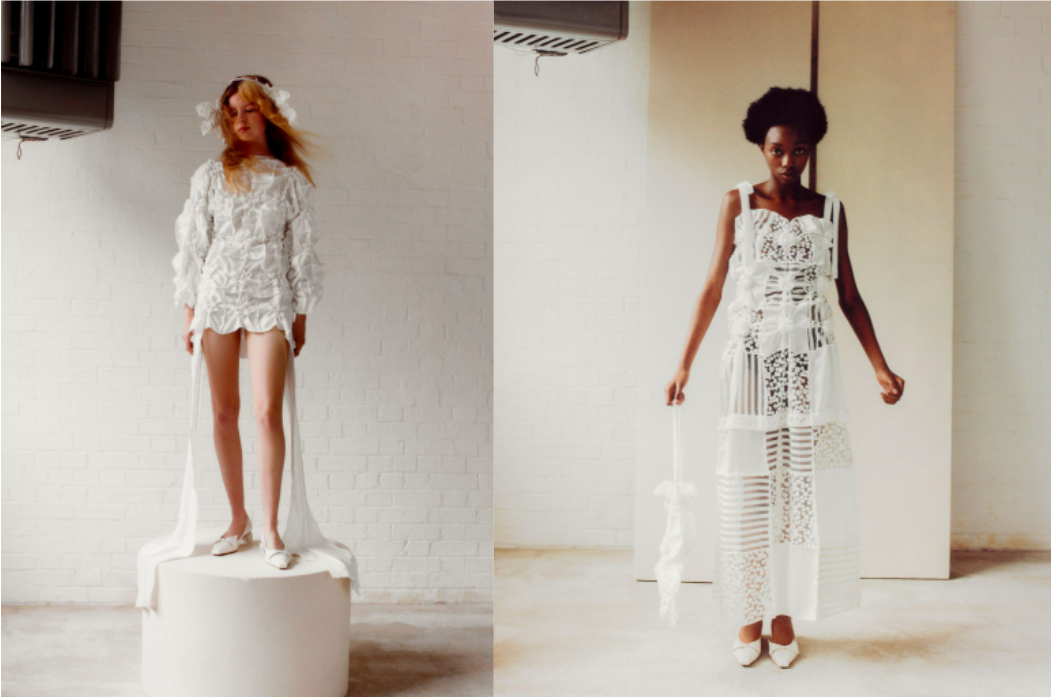
Could you tell us more about your Zero-Waste Techniques? how did you develop it and how did you manage to achieve it?
I have been implementing zero-waste construction since my very first collection and it continues to challenge me to think more creatively. For me, it’s a very complementary way to work as I am very keen to have a sustainable practice, but it also provides something more than that. Using multiple squares of fabric I can achieve new, three dimensional surfaces depending on how I join them. Through form-building and draping, they become patchworks, alternating three-dimensional patterns, and delicate grids. Light organza sits beside heavier broderie anglaise, trimmed with crochet cotton, the contrast adding depth and subtly highlighting the construction. What’s beautiful about combining smocking, a signature of my brand classically used for childrenswear, and zero-waste cutting is that you no longer have these harsh lines with harsh pointed edges, they become soft organic-like structures, almost a fabric sculpture. Each piece answers a question, which is how I can create something new but very much in the world and aesthetic of what I have already created. Sometimes it can be just one large rectangular piece of zero-waste cut strips that then is draped around the waist to create an asymmetrical large slit skirt, other times it’s an alternating pattern of a translucent organza fabric with an overlaid heavy embroidery satin fabric squares all over.
Until now, your collections are exclusively made in white fabrics, why ?
Since my first day at college, I’ve created everything in white. I felt it was more beautiful. It’s a concentration on details. Leaving out the colour challenges me to dive deeper into construction and it preserves details that would get lost otherwise. It also references the Irish women’s white work such as mountmellick and Irish crochet lace, which as I’ve discussed leads my work thematically.
Do you consider using colors in the future? I would love to introduce colour in the future.
The idea of adding colour is exciting and I will know when the time is right.






